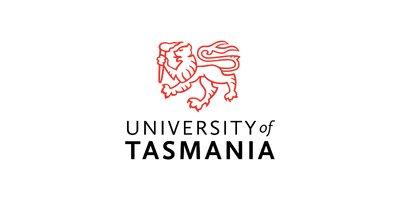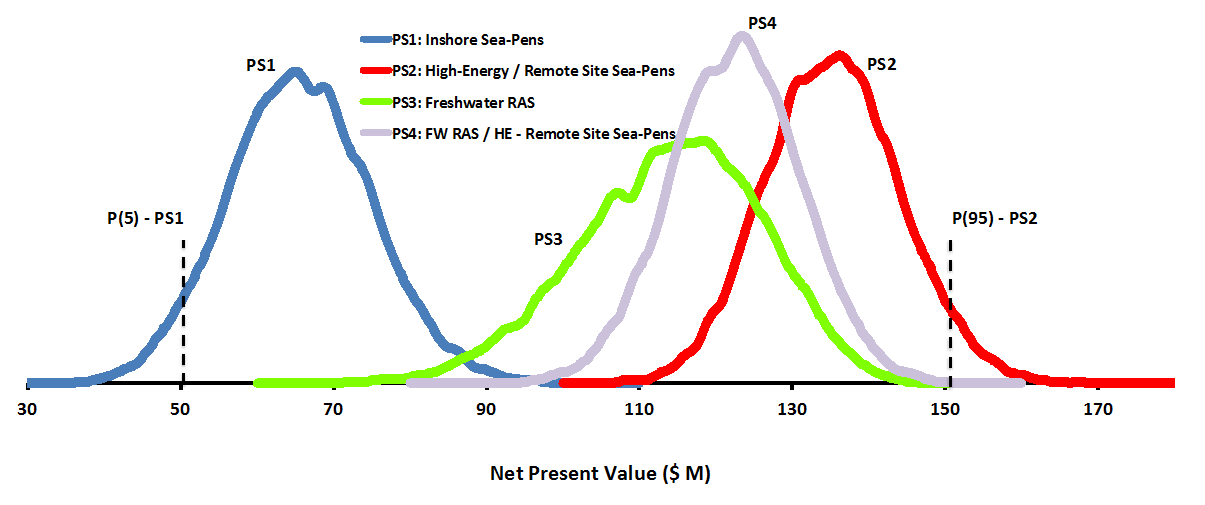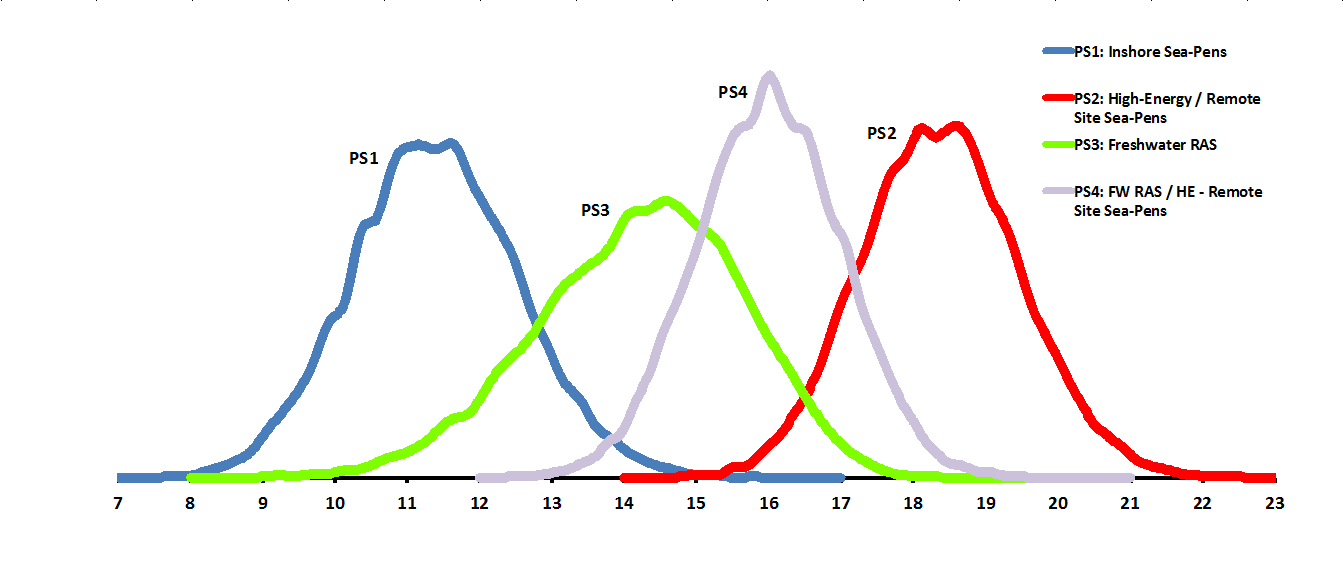
The Australian salmon farming industry, established in the mid-1980s and located in Tasmania, home to the region’s coldest waters, is now one of the country’s richest seafood sectors. With a market value in excess of $550 million, it accounts for nearly 50% of the Australian aquaculture market. But as the industry looks to double in size by 2030, it faces a number of challenges, not the least of which is the physical space it needs to continue to grow. With sheltered inshore sites for conventional net pen production facilities in short supply for a variety of reasons, the industry needs to consider the risks associated with alternative production technologies.
A New Way of Evaluating Risk
In 2013, a team of researchers from the University of Tasmania in Australia and the University of St. Andrews in Scotland launched a unique comparative analysis case study to examine the viability and economic risk associated with three alternative technologies for farming salmon, with the aim of assisting industry decision-makers in charting the most efficient path to continued growth. The results of the study were published in an article entitled “Technology selection—the impact of economic risk” in the Journal of Aquaculture Economics and Management (see below for link) in December 2016.
Departing from the aquaculture industry standard of single-point deterministic analysis, the case study featured a stochastic simulation approach to identify probable investment returns in comparison to known financial risks involved with each new technology over a 15-year period.
With conventional sea-pen farming serving as the baseline scenario, the researchers studied the prospects of three alternative production expansion options:
1. Operate sea-pen technology in high-energy offshore locations; 2. Embrace land-based recirculating aquaculture (RAS) technology to either deliver larger post-smolt fish to sea; 3. Complete the production growout cycle of Atlantic salmon on land.
The team gathered biological data from existing sea-pen sites in Australia, Scotland and around the world, as well as capital and operating cost data through extensive interviews with industry stakeholders (including equipment manufacturers, salmon farmers, and research centers).
@RISK's Contribution
As part of the study framework, representative budgets and a 15-year discounted cash flow model were developed for each scenario using @RISK. With the assistance of Palisade expert trainers, the team developed an economic model comprised of three linked sub-models addressing biological performance (specifically growth, mortality and food conversion), capital costs, and operational costs to generate monthly net values and key financial returns.
Each scenario modeled the production of 6,000 tonnes of head-on, gutted Atlantic Salmon, the key industry production metric. Model input variables (i.e. feed costs, monthly mortality, water temperature, and overhead and operational costs) were defined using a three-point estimate technique (most likely, best case, and worst case) of the gathered data and through @RISK’s RiskFitDistribution function. A Latin-Hypercube method was employed to sample from the probability distributions generated via the simulations, with output convergence testing determining that 25,000 simulation iterations would be required to achieve 95% confidence that the model results would be within 0.5% of the theoretical P95 statistical standard deviation answer.
Industry standard financial indicators were used to evaluate fiscal performance and facilitate comparison with published results and industry data. Unit Cost of Production and US$ per kg salmon delivered fresh at the farm gate pricing provided a measure of comparative production efficiency, and third-year income and Return on Investment and Net Present Value data provided an assessment of short and longer-term profitability. “A key strength of the modeling approach adopted in this research was the development of ‘ground-truthed’ budgets that reflected both the cost structure and the current levels of development for the different technologies,” said University of Tasmania's Dr. Catriona MacLeod, one of the study’s authors. “Utilizing @RISK to derive representative input distributions (forms and ranges) from industry and equipment manufacturers’ data, rather than just assuming triangular or normal distributions, added value and significantly enhanced our confidence in the economic performance forecasts.”
By comparing the results generated by the biological, initial costs, and cost of production models, the researchers determined that offshore production expansion required both the lowest initial investment and the greatest financial return, and that land-based production systems featured higher levels of financial uncertainty and therefore greater risk. The results emphasized the challenges of employing a purely deterministic analysis approach to evaluating aquaculture production options. Significantly, the findings indicated that fifteen-year net present values could vary by some US$100M, with worst (P5) and best case (P95) NPVs ranging from US$50.3M to US$150.2M.

Interestingly, the study also established overlapping steady state cost of production distributions for the production scenarios, indicating, for example, that the best land-based freshwater growout systems could deliver superior financial (net income) performance than the worst performing offshore site production strategies.

